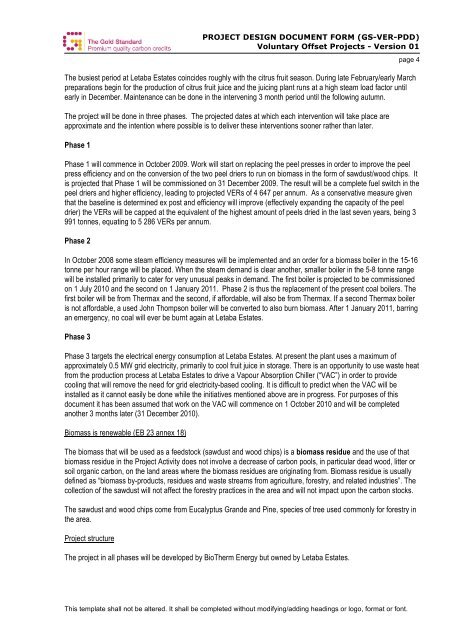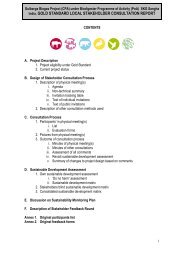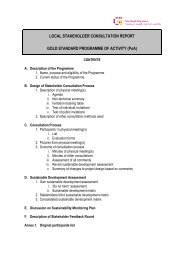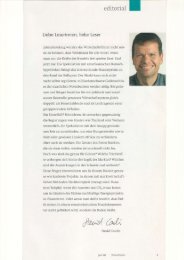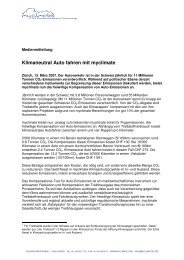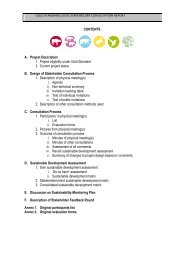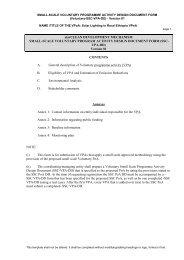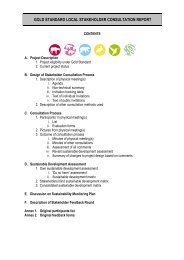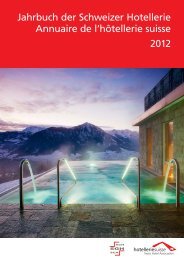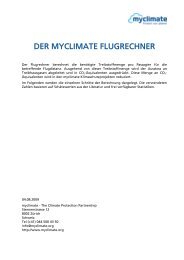Letaba Biomass to Energy PDD - MyClimate
Letaba Biomass to Energy PDD - MyClimate
Letaba Biomass to Energy PDD - MyClimate
You also want an ePaper? Increase the reach of your titles
YUMPU automatically turns print PDFs into web optimized ePapers that Google loves.
PROJECT DESIGN DOCUMENT FORM (GS-VER-<strong>PDD</strong>)<br />
Voluntary Offset Projects - Version 01<br />
The busiest period at <strong>Letaba</strong> Estates coincides roughly with the citrus fruit season. During late February/early March<br />
preparations begin for the production of citrus fruit juice and the juicing plant runs at a high steam load fac<strong>to</strong>r until<br />
early in December. Maintenance can be done in the intervening 3 month period until the following autumn.<br />
The project will be done in three phases. The projected dates at which each intervention will take place are<br />
approximate and the intention where possible is <strong>to</strong> deliver these interventions sooner rather than later.<br />
Phase 1<br />
This template shall not be altered. It shall be completed without modifying/adding headings or logo, format or font.<br />
page 4<br />
Phase 1 will commence in Oc<strong>to</strong>ber 2009. Work will start on replacing the peel presses in order <strong>to</strong> improve the peel<br />
press efficiency and on the conversion of the two peel driers <strong>to</strong> run on biomass in the form of sawdust/wood chips. It<br />
is projected that Phase 1 will be commissioned on 31 December 2009. The result will be a complete fuel switch in the<br />
peel driers and higher efficiency, leading <strong>to</strong> projected VERs of 4 647 per annum. As a conservative measure given<br />
that the baseline is determined ex post and efficiency will improve (effectively expanding the capacity of the peel<br />
drier) the VERs will be capped at the equivalent of the highest amount of peels dried in the last seven years, being 3<br />
991 <strong>to</strong>nnes, equating <strong>to</strong> 5 286 VERs per annum.<br />
Phase 2<br />
In Oc<strong>to</strong>ber 2008 some steam efficiency measures will be implemented and an order for a biomass boiler in the 15-16<br />
<strong>to</strong>nne per hour range will be placed. When the steam demand is clear another, smaller boiler in the 5-8 <strong>to</strong>nne range<br />
will be installed primarily <strong>to</strong> cater for very unusual peaks in demand. The first boiler is projected <strong>to</strong> be commissioned<br />
on 1 July 2010 and the second on 1 January 2011. Phase 2 is thus the replacement of the present coal boilers. The<br />
first boiler will be from Thermax and the second, if affordable, will also be from Thermax. If a second Thermax boiler<br />
is not affordable, a used John Thompson boiler will be converted <strong>to</strong> also burn biomass. After 1 January 2011, barring<br />
an emergency, no coal will ever be burnt again at <strong>Letaba</strong> Estates.<br />
Phase 3<br />
Phase 3 targets the electrical energy consumption at <strong>Letaba</strong> Estates. At present the plant uses a maximum of<br />
approximately 0.5 MW grid electricity, primarily <strong>to</strong> cool fruit juice in s<strong>to</strong>rage. There is an opportunity <strong>to</strong> use waste heat<br />
from the production process at <strong>Letaba</strong> Estates <strong>to</strong> drive a Vapour Absorption Chiller (“VAC”) in order <strong>to</strong> provide<br />
cooling that will remove the need for grid electricity-based cooling. It is difficult <strong>to</strong> predict when the VAC will be<br />
installed as it cannot easily be done while the initiatives mentioned above are in progress. For purposes of this<br />
document it has been assumed that work on the VAC will commence on 1 Oc<strong>to</strong>ber 2010 and will be completed<br />
another 3 months later (31 December 2010).<br />
<strong>Biomass</strong> is renewable (EB 23 annex 18)<br />
The biomass that will be used as a feeds<strong>to</strong>ck (sawdust and wood chips) is a biomass residue and the use of that<br />
biomass residue in the Project Activity does not involve a decrease of carbon pools, in particular dead wood, litter or<br />
soil organic carbon, on the land areas where the biomass residues are originating from. <strong>Biomass</strong> residue is usually<br />
defined as “biomass by-products, residues and waste streams from agriculture, forestry, and related industries”. The<br />
collection of the sawdust will not affect the forestry practices in the area and will not impact upon the carbon s<strong>to</strong>cks.<br />
The sawdust and wood chips come from Eucalyptus Grande and Pine, species of tree used commonly for forestry in<br />
the area.<br />
Project structure<br />
The project in all phases will be developed by BioTherm <strong>Energy</strong> but owned by <strong>Letaba</strong> Estates.


